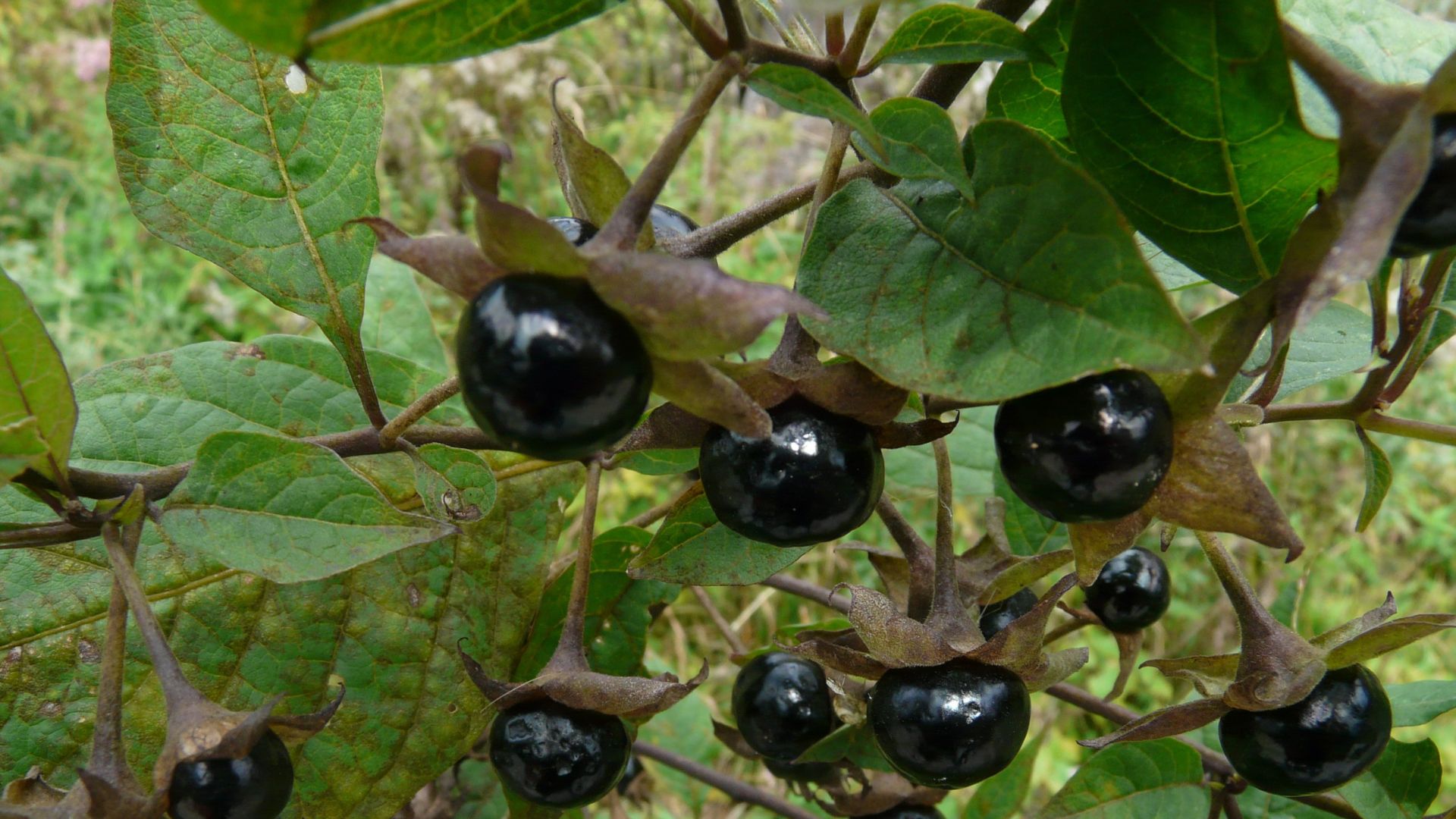To combine the three essential elements – oxygen, heat, and fuel – successfully into a fire requires more thought than usual when white stuff cloaks the ground.
Assuming you’re carrying a source of heat, finding fuel will be the great challenge to building a fire in snow. Dry tinder, kindling, and larger pieces of fuel are not only harder to find in the winter, but wood with its moisture frozen inside may appear deceptively ignitable yet fail to burn.
Tinder
Any type of material with a low flash point, will ignite with a bare minimum of heat, with even, sometimes, only a spark. The drier the tinder, in most cases, the more easily it ignites. You may be able to find dry grasses with tops standing above the snow. Dead evergreen needles are also excellent, even though they take a bit more heat to ignite than dry grass. Once needles ignite, the resin inside causes them to burn hotter than grass does.
Although not as widespread, peeling birch bark is another great source of tinder. The dry inner bark of many species of trees will make good tinder, some of the best being aspen, basswood, cedar, cherry, cottonwood, elm, sage, willow, and walnut.

Tinder may also be, but is not limited to: tiny twigs (if they’re dry), the crushed fibers of dry dead plants, pitch from pine or another sap-rich conifer, crushed fir cones, seed down (such as cattail, milkweed, thistle), wood dust from trees bored by insects, and the lining of abandoned bird and rodent nests. Any of these may be available in winter.
Even in the snowiest conditions, you can often find dry tinder beneath the low-hanging branches of dense evergreens and beneath trees that have toppled almost to the ground. And you could find paper and small clumps of lint in a pocket of your clothing.
Kindling
This is the wood used to raise the heat from the burning tinder until the temperature is high enough to ignite larger fuel. It, therefore, should ignite with only a little heat. You can often find great kindling under coniferous trees where small, dead branches remain on trees or have fallen and been protected by the overhanging living tree. If the wood is about the diameter of a pencil, and dry, it’s probably good kindling.

Any wood that has been split, should you have a sturdy blade to do the splitting, will burn more easily than round pieces because it’s drier inside and more surface of the wood is exposed to the flames. With a knife you can shave off the damp exterior of small pieces of wood to expose the dry inner wood.
Pro Tip: As you gather tinder, kindling, and fuel, I strongly suggest you collect at least twice as much as you think you’ll need—especially tinder and kindling. If you fail at your first attempt at making fire, you’ll be glad you have more material close at hand.
Once a fire rages, propping larger pieces of damp fuel over the heat allows drying and, later, ignition.
Other Burning Issues
A further complication of building a fire in snow is finding a proper surface on which to make fire. In shallow snow, you may be able to dig down to an acceptable surface. In deep snow, you may be able to make fire on a log “raft,” a layer of larger pieces of wood set on the surface of the snow.
Be patient, add some knowledge, and you can build a life-sustaining blaze on any winter day.
Recommended Gear List
Fire Lite Kit – This fire starter provides 5000 sparks and comes with 4 pieces of Tinder Quik for building a fire in any weather. Each windproof and waterproof tab will burn for up two to three minutes, idea for building a fire in snow.













